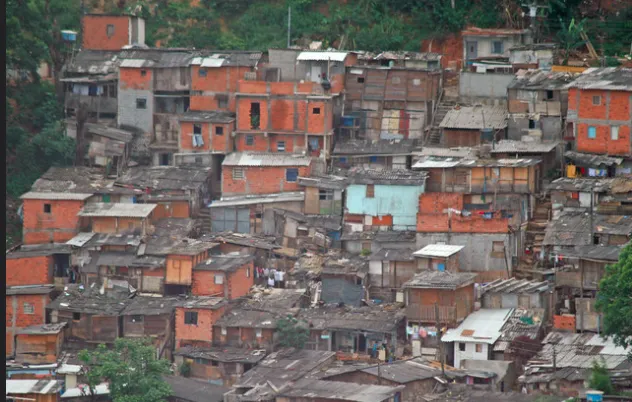In the last 22 years, the rural population in Brazil decreased faster than the world’s average. According to the World Bank, the percentage of inhabitants in Brazil who live in rural areas fell by 33.8% from 2000 to 2022. Globally, it fell by 19.2%.
The data were organized by Gerson Teixeira, an agronomist and director of the Brazilian Association of Agrarian Reform (Abra, in Portuguese). To him, the exodus is a challenge to sustainability in urban and rural areas.
“The intense migration without the necessary support from public policies on housing, health and education created urban catastrophes in the country,” he said to Brasil de Fato. “At the same time, it disorganizes the food production system, which is crucial.”
Teixeira explained that the rural exodus itself is a social phenomenon that has happened in practically every country in the world and is basically linked to economic development. "People have left the countryside in search of jobs in industry all over the world," he added.
In Brazil’s case, the massive migration happened mainly between the 1950s and 1980s, when the rural population dwindled from about 65% of the total to almost 25%, according to the Brazilian Institute of Geography and Statistics (IBGE, in Portuguese).
From then on, the exodus slowed down, which does not mean it is over. It persists in Brazil and around the world. However, here it is even more intense compared to other countries.
In 2000, about 18.8% of the Brazilian population lived in rural areas. In 2022, this percentage was 12.4%. “We already see a lower percentage than that of Germany, France and the United States,” Teixeira said.
Among the Organization for Cooperation and Development (OECD) members, which brings together the most developed countries, the rural population was 18.5% in 2022. In 2000, it was 24.4%. This means there has been a reduction of 24%, almost ten percentage points less than what Brazil recorded.
In 2000, over half of the world's population was still living in rural areas: 53.3%. In 2022, it was 43.3%
India – the world’s most populous country, with over 1.4 billion people – had 64.1% of the population living in rural areas in 2022, according to the World Bank.
Change in age group
Every year, the National Confederation of Agriculture Workers (Contag, in Portuguese) in partnership with the Inter-Union Department of Statistics and Socioeconomic Studies (Dieese, in Portuguese), launches statistics on family farming in Brazil. In 2023, the document had already emphasized the decrease in the country’s rural population.
The phenomenon mainly affects young people and is linked to the lack of prospects for work and study in the countryside.
Education institutions aimed at rural students fell from 79,300 to 52,700 between 2010 and 2022. Enrollment fell from 4.6 million to 3.3 million in the same period.
The population aged between 18 and 59 – i.e. able to work – also fell by almost 1 million from 2012 to 2022. The overall population didn't fall by less because the number of elderly people grew by around 200,000.
“Rapid and disorganized growth has led to serious problems with urban infrastructure, sanitation, housing, transportation, etc. Keeping the population in the countryside should be a strategy for Brazil to prevent cities from collapsing, especially when we consider food and nutritional security," Contag said in information sent to Brasil de Fato. "Family farming produces more than 70% of the country's fruit and vegetable products, and is responsible for most of the healthy food on Brazilians' tables."
To Contag, public policies must be developed to make life in rural areas more attractive, with connectivity, modernization, basic sanitation and housing, and policies that benefit family farming and their lifestyle.
One of the most important of these policies aimed at keeping people in the countryside is the 2023 Safra Plan for Family Farming, presented by the federal government. It offers credit lines aimed exclusively at young people. The program will allocate BRL 71.6 billion (about US$ 14.5 billion) in low-interest rural credit to small producers. This is 34% higher than the amount announced for last year's harvest and the highest amount on record.




